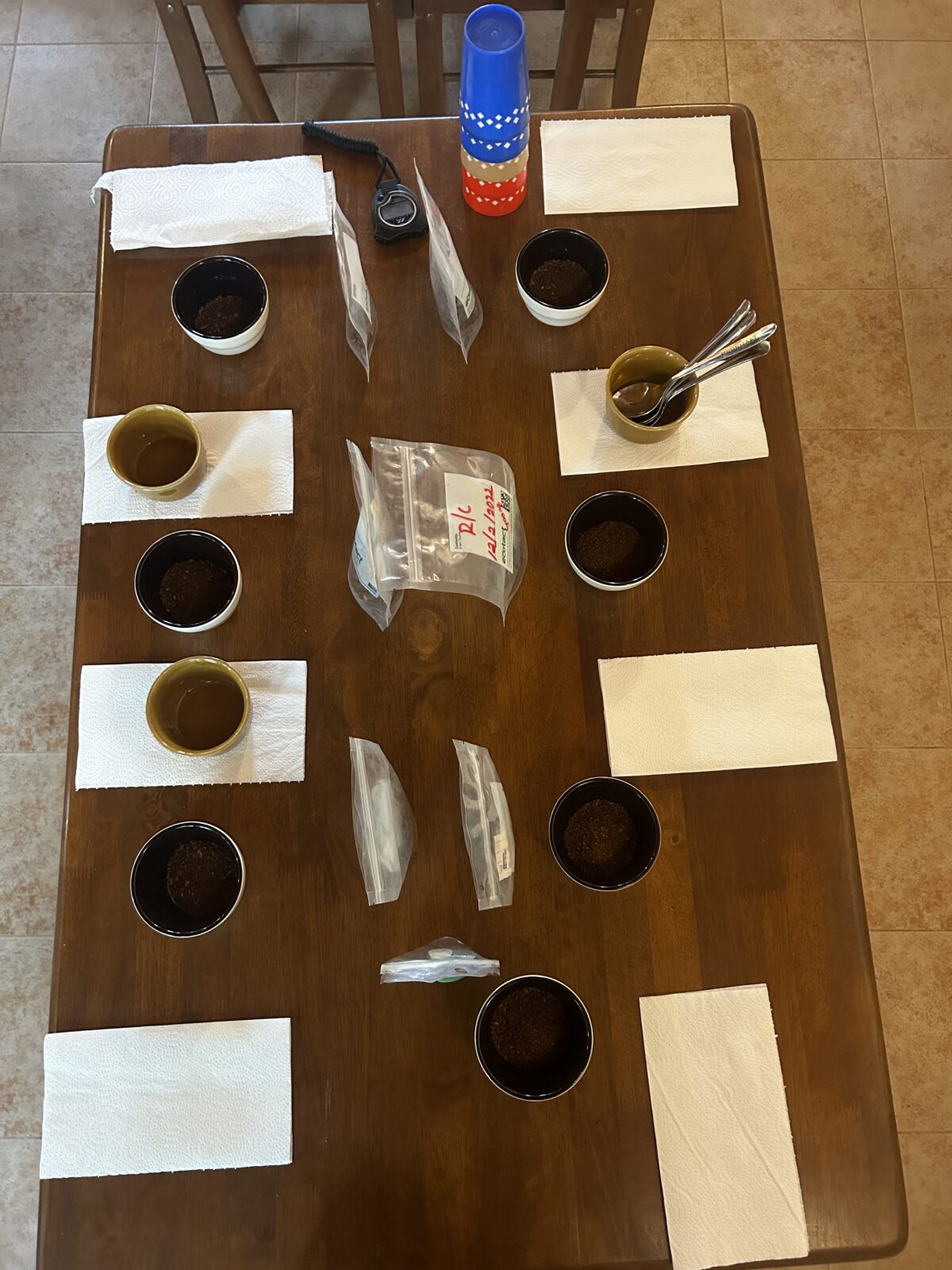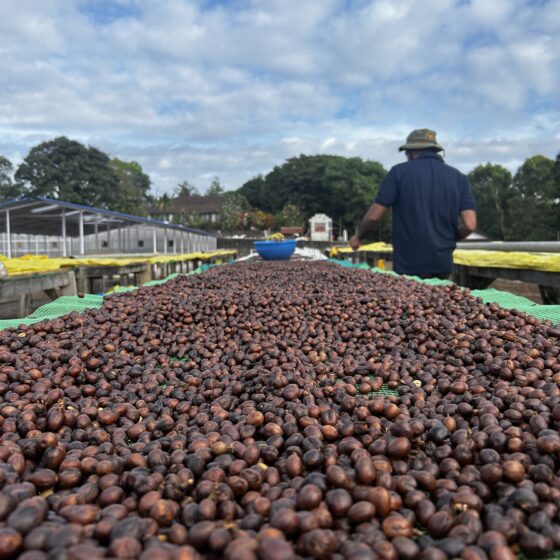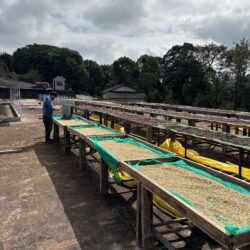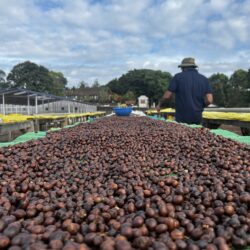Not all coffee is created equal. Whether you’re a casual coffee drinker or a connoisseur, knowing how to identify high-quality coffee can make all the difference in your daily cup. India produces some of the finest coffee in the world, but how do you separate the best from the rest? Here are five key signs of premium coffee that will ensure you get a truly satisfying brew every time.
- Freshness: The Secret to Great Flavor
- Why It Matters:
- Fresh coffee equals flavorful coffee. When coffee beans are freshly roasted, they retain their natural oils, aromas, and flavors. Stale coffee, on the other hand, tastes dull and lifeless.
- How to Spot Fresh Coffee:
- Check the Roast Date:
- Always buy coffee that has a roast date (not just an expiry date). Ideally, consume coffee within 2-4 weeks of roasting.
- Avoid Pre-Ground Coffee:
- Whole beans stay fresh longer, while pre-ground coffee loses flavor quickly.
- Look for Degassing Valves:
- Many high-quality Indian coffee brands use one-way degassing valves on their packaging to keep coffee fresh while releasing excess gas.
- Check the Roast Date:
- Indian Coffee Brands Known for Fresh Roasting:
-
- That Coffee
- Blue Tokai
- Quick Brown Fox Coffee Roasters
- Subko Coffee
- The Origin: Single-Origin vs. Blends
- Why It Matters:
- The origin of the coffee bean affects its flavor profile, quality, and sustainability. Single-origin coffee comes from one specific region, showcasing unique taste characteristics, while blends mix beans from different places for a balanced flavor.
- What to Look For:
- Single-Origin Coffee:
- Offers distinct flavors from specific regions. Look for coffee from Chikmagalur, Coorg, Wayanad, or Araku Valley.
- Estate-Grown Beans:
- Coffee grown on a single estate is often of higher quality than mass-produced blends.
- Traceability:
- High-quality coffee brands provide details about the farm, altitude, and processing method on the packaging.
- Single-Origin Coffee:
- Best Indian Coffee Regions:
-
- Chikmagalur (rich, chocolatey, full-bodied)
- Coorg (nutty, well-balanced, slightly fruity)
- Wayanad (earthy, mildly spicy)
- Araku Valley (fruity, floral, vibrant acidity)
- The Roast Profile: Light, Medium, or Dark?
- Why It Matters:
- Roasting determines how coffee tastes. The right roast for you depends on your brewing method and flavor preference.
- Understanding Roast Levels:
- Light Roast: Bright acidity, fruity flavors, best for pour-over or AeroPress.
- Medium Roast: Balanced flavors, slightly sweet, ideal for French press and drip coffee.
- Dark Roast: Bold, smoky, chocolatey, best for espresso and South Indian filter coffee.
- Pro Tip:
- If a coffee brand only offers overly dark-roasted beans, it may be covering up low-quality coffee beans. High-quality coffee shines at medium roasts, bringing out the natural characteristics of the bean.
- If a coffee brand only offers overly dark-roasted beans, it may be covering up low-quality coffee beans. High-quality coffee shines at medium roasts, bringing out the natural characteristics of the bean.
- Processing Method: Washed, Natural, or Monsooned?
- Why It Matters:
- The way coffee is processed after harvesting impacts its taste, acidity, and body.
- Key Coffee Processing Methods in India:
- Washed (Wet Processed): Clean, bright flavors. Common for specialty Arabica coffee.
- Natural (Dry Processed): Fruity, sweet, and complex. Often found in Indian organic coffee.
- Monsooned Malabar: Unique to India! Beans are exposed to monsoon winds, giving them a bold, earthy, and mellow profile. Great for espresso lovers.
- What to Look For:
- Premium brands mention processing methods on their labels.
- Specialty coffee roasters often sell natural and washed process beans for distinct flavors.
- Aroma & Flavor: The Ultimate Test
- Why It Matters:
- Great coffee should smell and taste amazing. If your coffee has a strong, inviting aroma, it’s a good sign of freshness and quality.
- How to Identify High-Quality Coffee by Aroma & Taste:
- Freshly Ground Smell:
- If grinding the beans releases rich chocolate, nutty, floral, or fruity aromas, it’s high-quality.
- Balanced Acidity:
- Good coffee has a pleasant acidity, not bitterness.
- Smooth Aftertaste:
- High-quality coffee lingers with a clean and enjoyable aftertaste.
- Freshly Ground Smell:
- Pro Tip:
- Avoid coffee that tastes burnt, excessively bitter, or flat. These are signs of over-roasted or stale beans.
- Avoid coffee that tastes burnt, excessively bitter, or flat. These are signs of over-roasted or stale beans.
Final Thoughts:
Buy Smart, Brew Better
With so many coffee options available, choosing the best one can seem tricky. But if you keep these five signs in mind—freshness, origin, roast, processing, and aroma—you’ll never have to settle for bad coffee again. Whether you love a fruity Araku pour-over or a bold Monsooned Malabar espresso, India offers some of the best specialty coffee in the world!
Ready to Taste the Best Indian Coffee?
Explore fresh, premium coffee from top Indian brands and discover your perfect cup! ☕🔥



